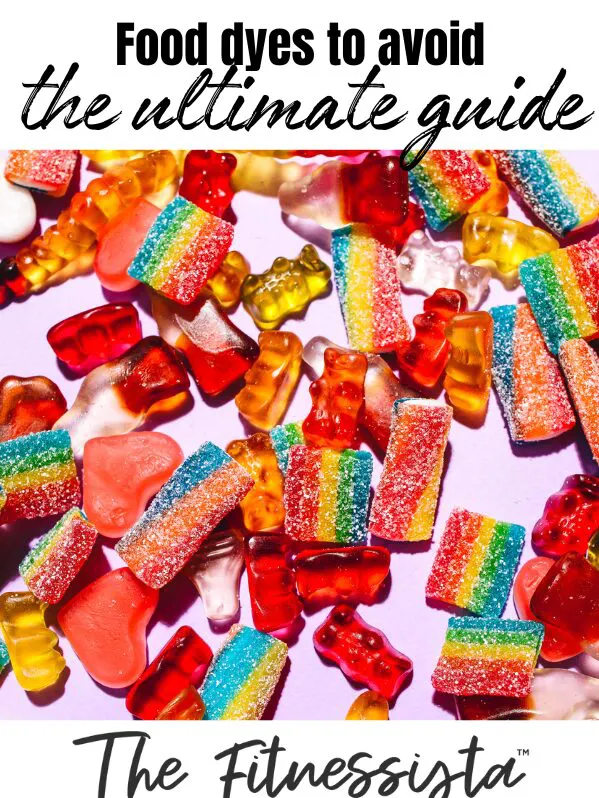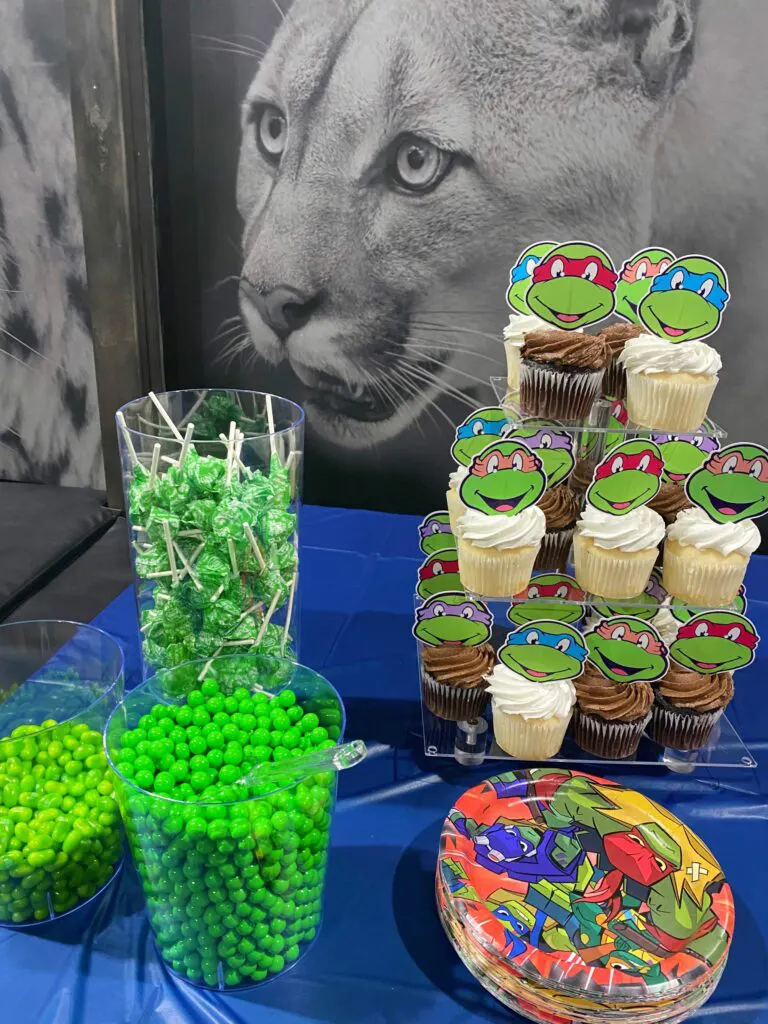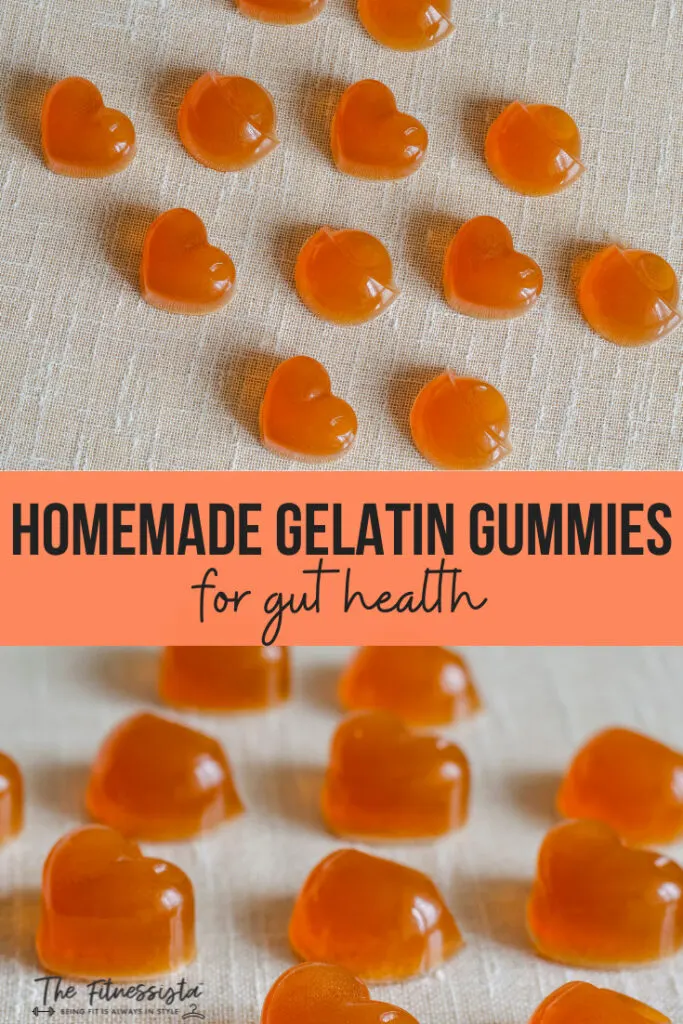Sharing my thoughts on food dyes and which ones to avoid, if that’s one of your goals.
Hi friends! Happy Monday! I hope you had an amazing weekend. Ours was a good one – three soccer games, dinner with friends, some swimming, and some chill time. I also got some work stuff done since I’d been behind for a couple of weeks.
Today, I wanted to talk about a beefy topic: food dye!
When you’re browsing the aisles of your local grocery store, it’s easy to be drawn to the vibrant, colorful packaging that lines the shelves. The bright hues in your favorite candies, baked goods, and even some beverages are often due to food dyes. These additives are used to enhance the appearance of food and drinks, making them more visually appealing. Unfortunately, some food dyes can have potentially harmful effects on your body. Here’s a roundup of food dyes with some info, so you can make more informed choices about what you and your family consume.
I’m not dogmatic about anything in our diet – I don’t want our kids to be afraid of any foods, and while they know that some foods are more nutritious than others, nothing is off limits. We focus on whole, mostly unprocessed foods here at home, but when we’re out with friends, at a party, or traveling, they order and eat whatever they’re feeling. I’ll typically encourage them to have a fruit or vegetable with whatever they’re eating, but that’s pretty much it.
At the same time, I do have a pretty strong feelings about food dye. The kids know if they’re choosing a candy or drink, I typically will ask them to pick something else if it’s red, because I’ve seen the effects of food dye (especially red!!) on the kids. It makes them hyperactive and extremely cranky. Not worth it to me.
6 Food Dyes To Avoid
The growing awareness of the potential risks associated with certain food dyes has prompted many consumers to take a closer look at the ingredients in their favorite products. While food dyes may make food look more attractive, the trade-off in health risks is often not worth it. (Also, I find this debatable. I think that brightly colored food looks way less appetizing that foods that are their normal colors. Who decided that everything needs to be bright and rainbow colored to eat it?? It’s a mystery to me.) There are so many great alternatives out there!
Today, I wanted to share some potential effects of common food dyes, the conditions they’ve been linked to, and how avoiding them can positively impact your health. I’ve also linked to various studies below.
Is Food Dye Bad For You?
The short answer? It can be. Food dyes are synthetic chemicals that are added to foods to enhance their color. While they’re approved for use by food safety authorities in many countries, there’s a growing body of research suggesting that these additives can have adverse effects on health.
When you ingest food dyes, your body has to process these synthetic chemicals, which can sometimes lead to side effects. Studies have linked certain food dyes to hyperactivity in children, allergic reactions, and even an increased risk of certain cancers in animal studies. The amount of food dye that is considered harmful can vary, but for some individuals, even small amounts can trigger negative reactions.
(All of the green food dyes at P’s party. See, I’m not a monster, but when we’re at home, it’s not something we keep in our daily rotation.)
What Food Dyes To Avoid
A closer look at some of the most common food dyes:
Red 40
Red 40, also known as Allura Red, is one of the most widely used food dyes. It’s found in a variety of processed foods, including candies, baked goods, and snacks. Red 40 has been linked to hyperactivity in children and allergic reactions. Some studies suggest that it may also increase the risk of cancer.
Yellow 5
Yellow 5, or Tartrazine, is another commonly used food dye found in a wide range of products, from cereals to soft drinks. It’s been associated with allergic reactions, particularly in individuals with aspirin sensitivity. There’s also evidence to suggest that Yellow 5 may cause hyperactivity in children.
Yellow 6
Yellow 6, or Sunset Yellow, is used in a variety of processed foods, including sausages, baked goods, and snack foods. This dye has been linked to allergic reactions and may contribute to hyperactivity in children. Additionally, animal studies have raised concerns about its potential carcinogenic effects.
Blue 1
Blue 1, also known as Brilliant Blue, is found in beverages, candy, and baked goods. Some animal studies have suggested that Blue 1 may pose a health hazard, particularly to those with pre-existing health conditions. It has also been associated with allergic reactions and may affect cell health.
Blue 2
Blue 2, or Indigo Carmine, is another synthetic dye used in processed foods and beverages. Animal studies have suggested a link between Blue 2 and an increased risk of brain tumors. It’s also been associated with allergic reactions and hyperactivity in children.
Green 3
Green 3, also known as Fast Green (I hate this lol), is less commonly used but still found in some processed foods, such as beverages and candies. This dye has been linked to a higher incidence of bladder tumors in animal studies and may pose a risk to human health.
How To Avoid Food Dyes
Now that you know which food dyes to watch out for, here are some tips on how to avoid them:
Read the Labels
One of the easiest ways to avoid artificial food dyes is to carefully read the labels on the foods you purchase. Look for terms like Red 40, Yellow 5, and Blue 1 in the ingredients list, and opt for products that use natural food colors instead.
Opt for Natural, Unprocessed Foods
Choosing whole, unprocessed foods is a surefire way to avoid artificial color additives. Fresh fruits, vegetables, whole grains, and lean proteins don’t contain food dyes, making them a healthier choice for you and your family.
Look for Natural Food Colors
If you’re looking for colorful foods, seek out those that use natural food colors derived from fruits, vegetables, and spices. These alternatives, such as beet juice or turmeric, can provide vibrant color without the health risks associated with synthetic dyes. Whole Foods has natural Twizzlers without food dye! It is possible to find replicas of candies without the dye.
Avoid Artificially Colored Baked Goods and Snacks
Processed foods, especially baked goods and snacks, are often loaded with artificial colors. Instead, try making your own treats at home using natural ingredients. This way, you can control what goes into your food and avoid harmful additives. Thrive Market also has a lot of great dye-free options! This link gets you 40% off your first purchase.
Final Thoughts on Food Dyes
Food dyes may make products look more appealing, but the potential health risks associated with these additives aren’t worth it to me. If you’re also considering ditching food dyes, I recommend reading labels, opting for natural foods, and avoiding processed snacks.
Also, for a fun dye-free treat that kids love, try these gelatin gummies for gut health.
Do you avoid food dyes? What about with your kids?
This is opening a whole can of worms, but I’m also frustrated that foods without dyes are typically more expensive, especially at a time when grocery prices are absurd. It can be difficult for families to feed their kids at all, so I totally understand that many snack options are expensive when you’re looking for organic and dye-free options. Also, why can’t the US just make dye-free versions like they do in the EU? Pleeeeeeease.
(Friendly reminder that there’s no shame or judgment here. Live your best life. This is just something I try to personally avoid and I’m sharing tips for those who are interested in reducing food dyes.)
xoxo
Gina






.jpg?resize=1280,640&ssl=1)